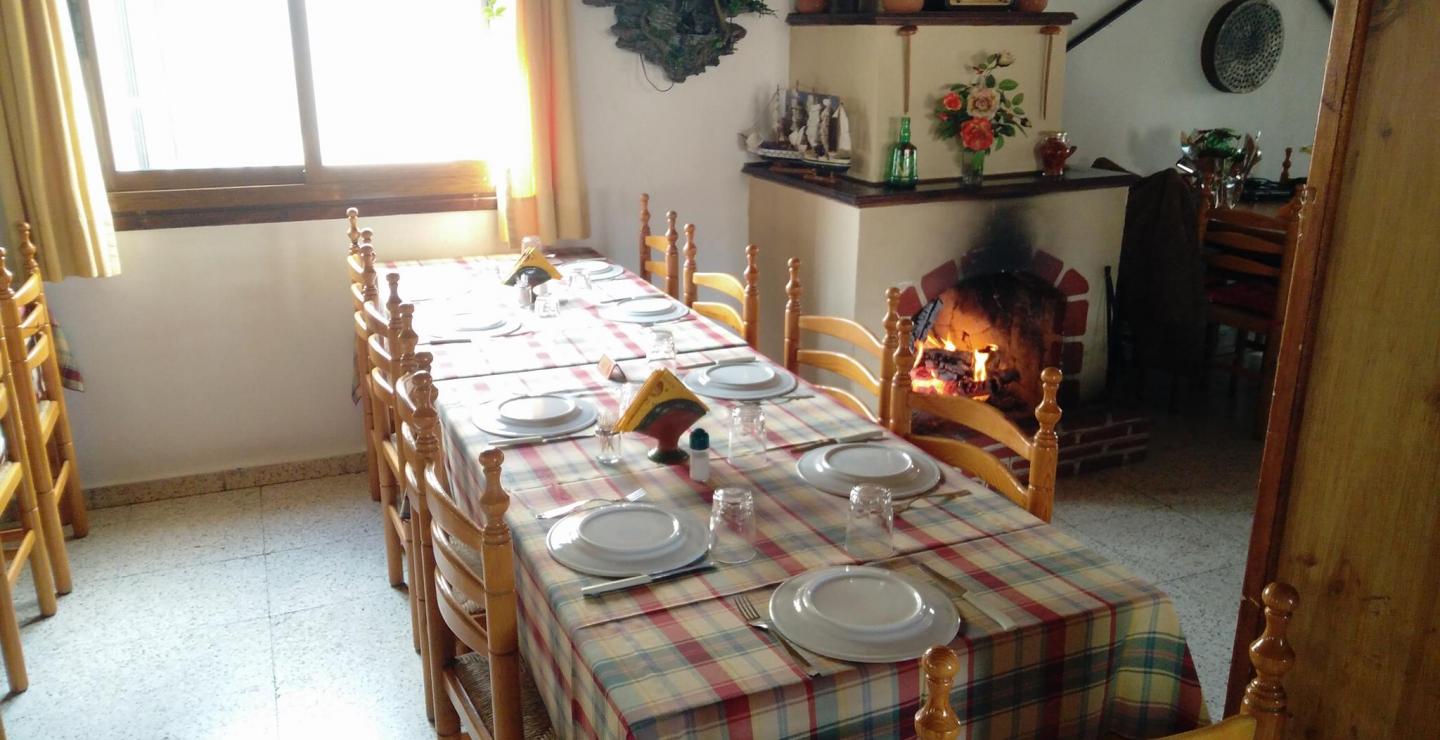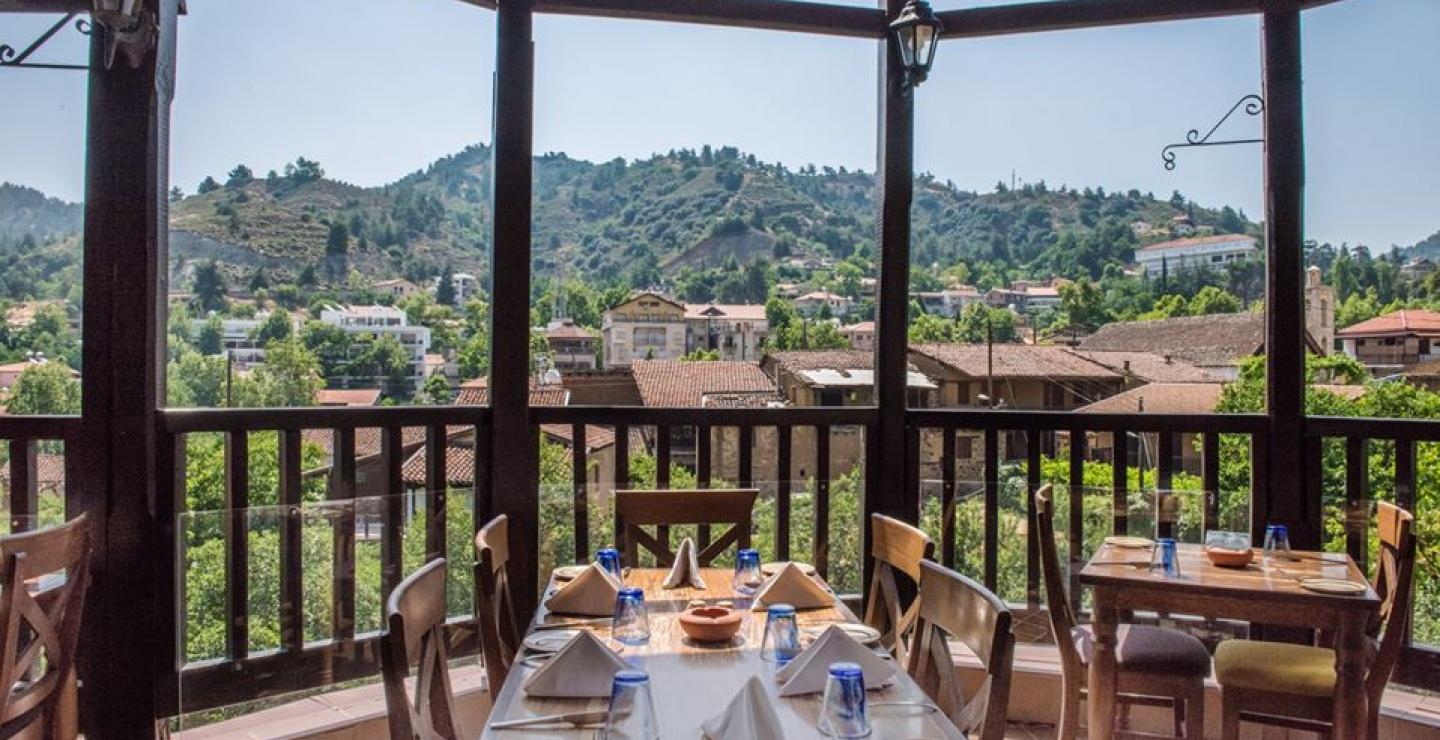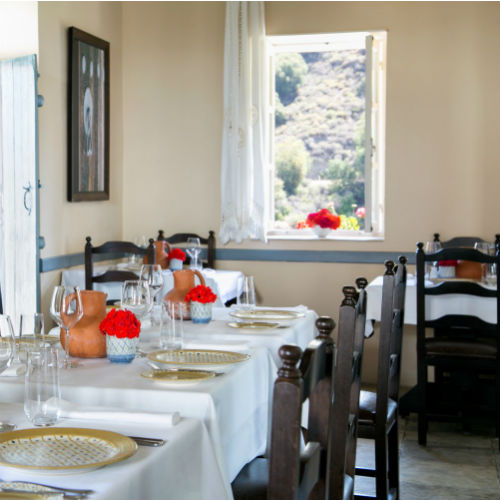Lefkara: Nature and Tradition in the Foothills of Troodos
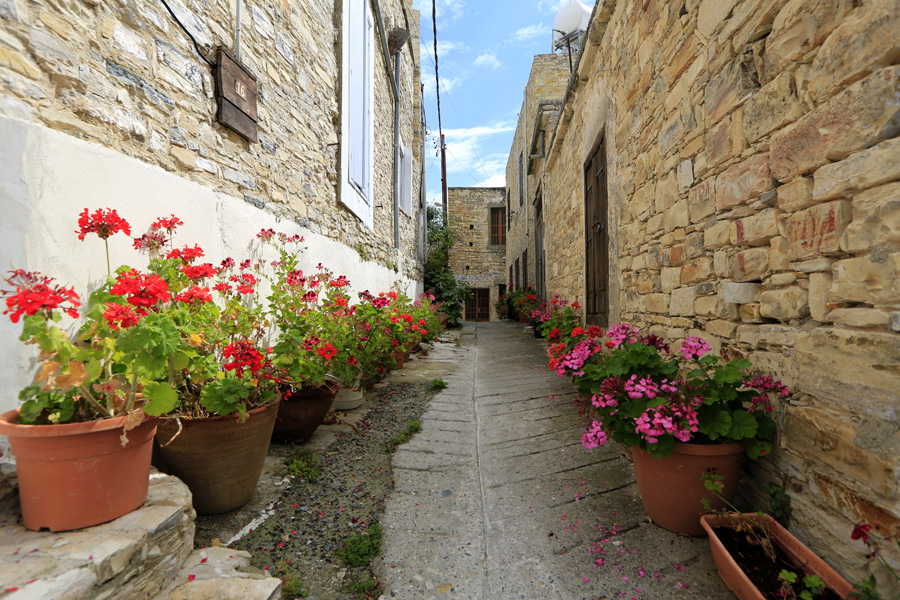
As you approach the mountains near the village of Lefkara, one of the first things that you notice is the smell of the fresh, clean mountain air. You get the impression that it’s unspoiled, pure, as if the pollution from the big cities is stopped by some magical forces that want to preserve this majestic natural habitat.
The sweet smell of wild rosemary and thyme fills your lungs and permeates all the way down to your very core. And then there’s the silence. And by silence, I mean the absence of the hammering sounds of construction sites, the endless droning sounds of traffic and muffled voices drowned by the clattering of city sounds.
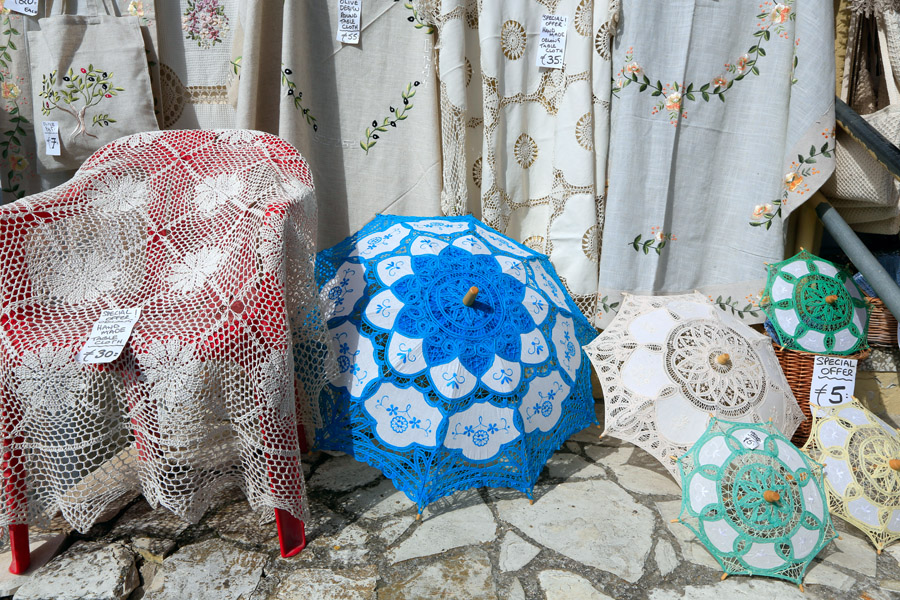
Lefkaritika. Photo by Alex Mita
It’s quiet enough to hear the wind rustle through the pine trees, disturbed only by the occasional bird call and the endless, soothing sound of a nearby stream. Nestled along the foothills of the Troodos mountain range, and on the edge of the border between Larnaca and Nicosia, lies the village of Lefkara.
Split into Pano Lefkara and Kato Lefkara (upper and lower Lefkara), the village is famous for its traditional handicrafts of lace embroidery and filigree silver.
Lace-making in Lefkara is a way of life, and upon entering the village you will be greeted by shop windows decorated in all types of products made from lace, from umbrellas to tissue box covers. This ancient tradition, dating back to the fourteenth century is influenced by the embroidery of Venetian nobles, who ruled the island in 1489 as well as ancient Greek and Byzantine geometric patterns.
Androulla Efstratiou learned the trade from her mother at 13, and has been working as a lace-maker for 65 years. Now 78, she says it is a dying trade, as younger women are choosing not to learn the craft.
“Thank God, we have a lot of visitors every year in the village,” she said. “But each year there’s less and less of us. You won’t find a woman younger than 50 practising the craft.”
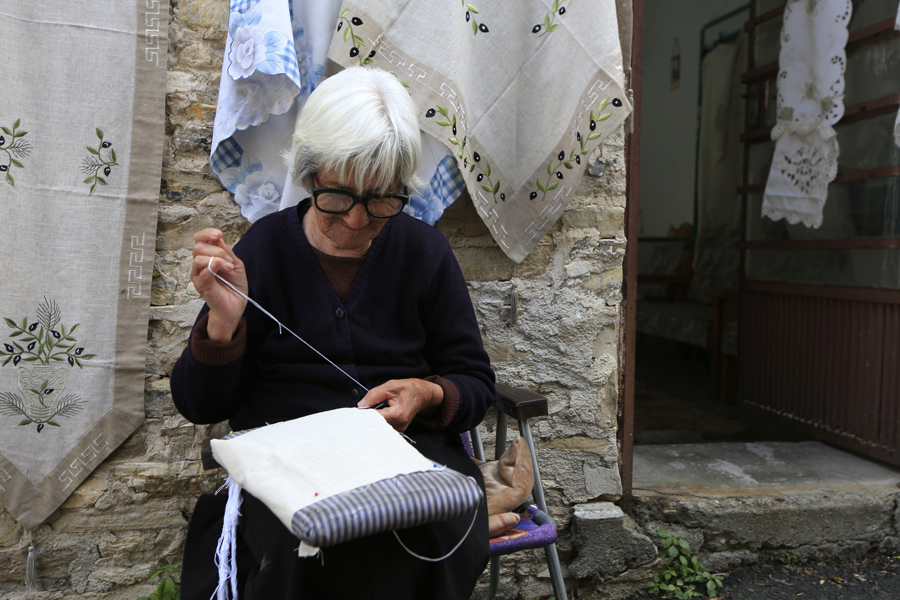
Androulla Efstratiou has been a lace-maker for 65 years. Photo by Alex Mita
But Lefkara is not only about lace. It is a beautiful village full of stone-built, terracotta-roofed houses lining narrow streets, with some dating as far back as 1809.
Visitors can learn all about the lace and the village’s second craft of delicate filigree silver pieces at the Lefkara Handicraft Centre, the Museum of Traditional Embroidery and Silversmithing, and various workshops, where you can watch craftsmen at work.
Among the village’s other interesting sites are the Local Ethnological Museum of Traditional Embroidery and Silversmith-work, the old fountain, the old olive mill and Oliva Terra – Ktima Sofokleous, where you can stroll through the olive tree orchards and learn all about the island’s olive oil production.
The village also has beautiful and ancient chapels, including the church of Timios Stavros (Holy Cross), and the chapel of Archangelos Michail in Kato Lefkara, with frescoes dating from the twelfth and fifteenth centuries.
The popular annual Lefkara Festival takes place each August, showcasing music, dance, theatre and handicraft exhibitions. The village is also included as part of the stops on the 7th Wine Route from Larnaca to Nicosia.

